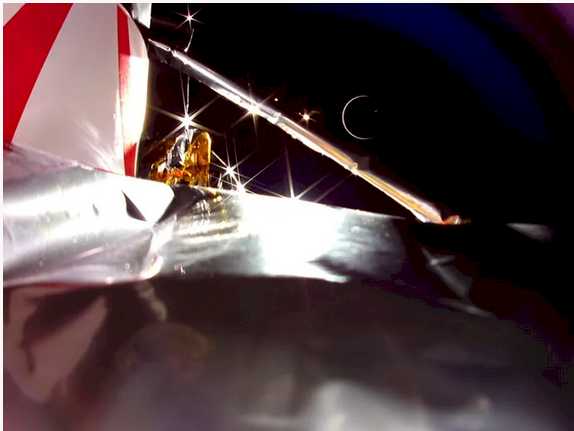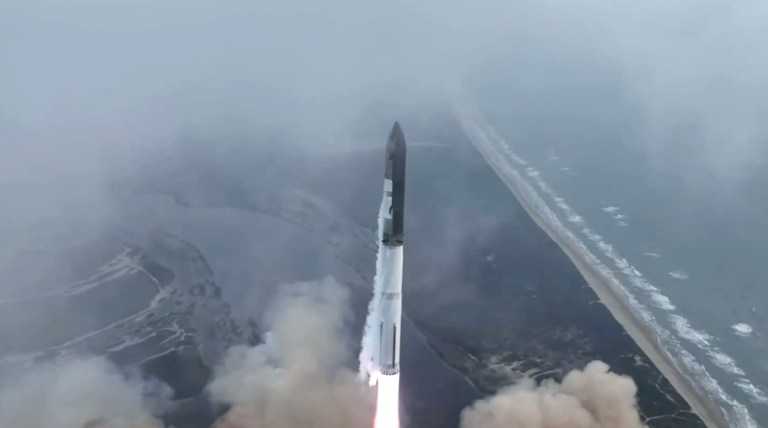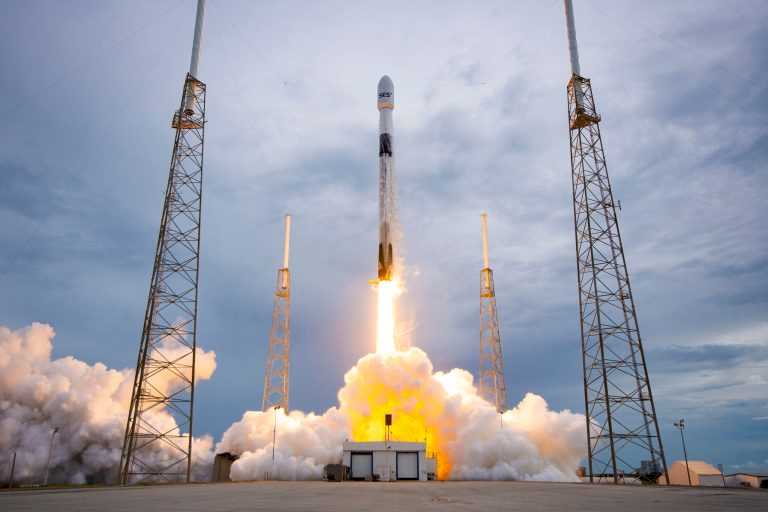#HELSINKI — #China is set to launch its Queqiao-2 communications relay satellite to support upcoming moon missions late March 19.
A Long March 8 rocket was vertically transferred to a launch pad at Wenchang #Satellite Launch Center early March 17. The rocket will launch Queqiao-2 towards the moon in preparation for the Chang’e-6 lunar far side sample return mission in May.
Queqiao-2 has a mass of 1,200 kilograms and is equipped with a 4.2-meter parabolic antenna. Its elliptical orbit will allow it to maintain communication with both Earth and lunar far side, which never faces the Earth.















Space news on Umojja.com